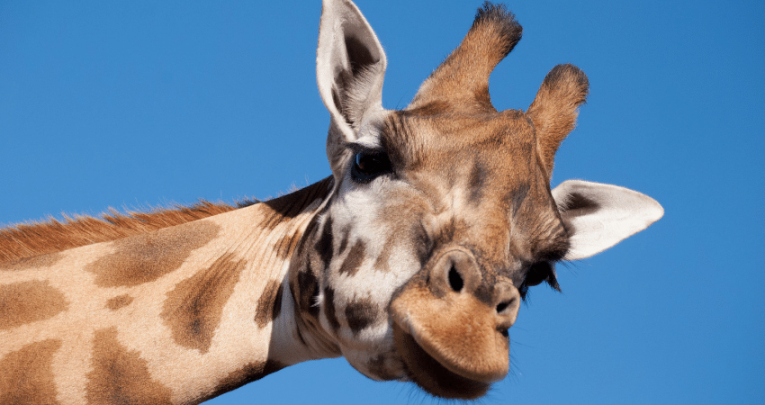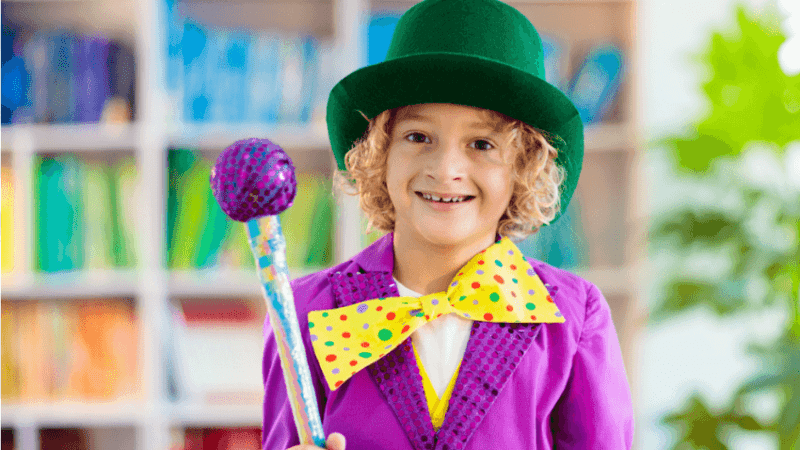Animal school trips – Why animal encounters are perfect trips for cross-curricular learning

Animal encounters of every type have the power to enthuse your learners and boost their knowledge across the curriculum, says Louise Jaye…

- by Louise Jaye
Animal school trips are exciting for everyone, from children venturing out to an unfamiliar learning environment, to teachers and parents who get to see the wonder on their faces as they experience what’s on offer.
Often a trip may initially be booked as a treat or an incentive, but they are huge learning opportunities too, whether you’re taking a primary school class or a secondary school group.
Nowhere is this truer than at a zoo, aquarium or safari park.
Covering the curriculum
Finding engaging ways to teach science, maths, English and geography can be really challenging.
There are plenty of topics where you may think, “How am I going to teach that?!” (think ‘the life cycle of a frog’, ‘layers of the rainforest’, ‘animal adaptation’ or ‘plastic pollution’).
This is where animal school trips come in.
Aquariums, zoos and safari parks may not pop into your mind instantly when thinking about these topics, but how better to immerse pupils in their learning than to place them in front of a jellyfish display and get them to compare it to a plastic bag?
These visual educational experiences are key to learning development.
Learning experiences
Let’s take a minute to think about how we can adapt our learning experiences in real life.
For example, consider getting up-close and personal with a cockroach – yes, a cockroach.
Although your initial thoughts might be ‘Ew!’ and ‘Yuck!’, observing these creatures is a fascinating way of exploring habitats and adaptation.
I speak from experience, as SEA LIFE London Aquarium offers children on school trips the opportunity to analyse Madagascan hissing cockroaches and their bodies in Rainforest Habitats sessions.
Imagine hearing the word ‘exoskeleton’ for the first time; is it really that easy to picture a skeleton on the outside of an animal’s body?
But what if the first time you heard the word exoskeleton was when you were watching a Madagascan hissing cockroach and seeing the little segments of its body moving side to side on a member of the education team’s hand?
Similarly, understanding how a creature moults can be a really complex topic to talk about, but if a pupil is holding a frame containing a Goliath birdeater’s moult or a snake shed?
These are memorable experiences, and memorable experiences are how learning can be made exciting and fun.
That’s not all, of course.
When pupils see these creatures (often for the first time) it encourages them to use their imaginations and start to think outside the box, which lends itself to learning across many other areas of the curriculum.
Going deeper on animal school trips
Working at SEA LIFE London Aquarium, it’s fantastic to see visiting pupils in awe of a coral polyp, or acting out the carbon cycle.
You may think that sounds a bit advanced for children in KS1 and KS2, but an educational school trip provides a unique opportunity to extend learning, allowing you to delve into topics in a way that isn’t possible in class time.
They also provide children with the opportunity to learn something new and then apply it to their surroundings.
They can really take a school trip to the next level.
Many aquariums, zoos and safari parks can also provide you with educational resources to use prior to your arrival.
Some even provide a complete set of lesson plans to use in the lead up to the big day, highlighting topics that the attraction may focus on.
These are a great way to maximise the impact of your trip, so make sure you check the website of the attraction you are visiting.
In practice
Whether you are teaching KS1 or KS2, there are plenty of ways in which a school trip can support or even introduce a topic.
The curriculum includes the concept of identifying animals or recognising what it means to classify, and simple observation activities can be very effective at the aquarium, zoo or safari park, giving a solid basis to practical science.
By way of example, I’ve used the topic of adaptation to do a quick run-through of what you may want to consider on a trip to one of these attractions…
Exploring ‘adaptation’ on school trips
Adaptation is a concept that may seem quite foreign to a child.
The fact that animals’ bodies have adapted to where they live probably sounds like utter nonsense! But let’s look at how we can aid their understanding through an experience at an aquarium, zoo or safari park.
Arriving at one of these attractions you may have already delivered a pre-visit session at school to introduce some of the different animals pupils may encounter on their visit.
On the day, you may want to focus on specific creatures they should look out for, or you may be using the trip as an initial introduction to the topic.
Either way, ensure you have looked at the attraction’s teacher resources as you may find there are useful worksheets available.
For example, pupils could be given a handout highlighting animals of interest – all of which have specific adaptations.
You might pose pupils simple questions like, ‘Is the animal easy to see?’ or ‘What do you think the animal is good at?’ These will likely initiate responses such as ‘the octopus was good at camouflaging itself’.
A workshop can then help to evaluate pupils’ observations and cover key words they have associated with the topic.
For example, at SEA LIFE London Aquarium, many pupils focus specifically on penguins and seahorses and their adaptations, culminating in an activity where they create their own animal.
Here they use their experience of the day to come up with various reasons for the different adaptations they have given to their animal.
Not only does this session reinforce their scientific knowledge, it provides an opportunity to practise skills such as presentation and teamwork.
Why schools should plan animal-themed trips
Learning outside the classroom is such a valuable and memorable experience for all children – and providing close-up encounters with creatures from around the world, in particular, is an opportunity they may never have in a normal environment.
As educators, our priority is the quality of the learning that our students experience during our time with them, and I’m certain that well-planned trips to zoos, aquariums and safari parks have many long-term benefits and that they will leave a lasting impression on both yourselves and your pupils.
Plan your animal school trip in 9 steps
- Browse school trip ideas and choose your location.
- Look through the workshop offerings and decide if you want to opt for a workshop.
- Book your date and time.
- Check out the attraction’s website for any resources that may support learning before, during or after the trip.
- Liaise with the attraction regarding any questions you may have.
- Complete your planning trip. Use online guidelines to help you regarding risk assessments (many attractions will have basic guidelines to aid your planning trip).
- Use lesson plan resources to prepare your class for the big day. This may mean completing a pre-trip lesson.
- Make your visit to the chosen attraction!
- Complete a post-trip lesson to evaluate information learnt on the trip.
Louise Jaye is schools and conservation supervisor at SEA LIFE London Aquarium. Visit visitsealife.com/london.









